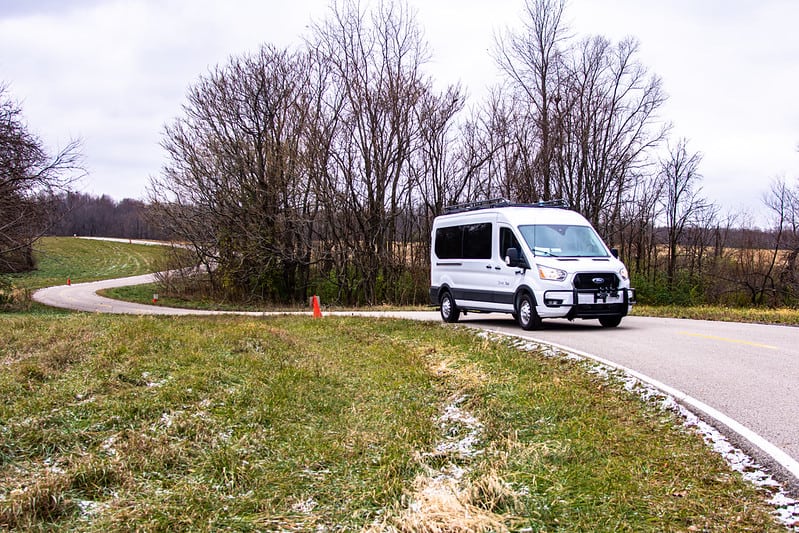
A Nice Drive in the Country
Credit: ITS International
Autonomous vehicle pilots so far have been typically sighted in urban areas. But researchers in rural regions of Ohio are now trying to find out exactly what benefits they could bring to the countryside
Urban canyons – quite apart from mixed traffic - present a variety of challenges to getting autonomous vehicles onto the roads in cities. But what about the problems that AVs might face in rural areas? Curves, hills, movement in and out of tree-shaded areas – all these are a potential challenge to driverless systems. Yet get it right, and automated vehicle technology has the very real potential of enhancing mobility for people in rural communities that have been historically underserved.
Transport experts in Ohio are about to find out how much of a challenge all this actually is. DriveOhio’s Rural Automated Driving Systems project, funded in part by a $7.5m grant from the US Department of Transportation, is starting two deployments on the state’s country roads. The project focuses on 32 counties in Ohio’s rural Appalachian region, and is “the most comprehensive testing effort yet to be conducted on rural roads in the US”, says DriveOhio, part of Ohio DoT.
The first year-long deployment includes three passenger vehicles - with safety drivers - equipped with AutonomouStuff technology travelling on divided highways and rural two-lane roads in Athens and Vinton counties.
They will be tested in different operational and environmental conditions, including in periods of limited visibility and in workzones. When the automated driving system is engaged, the technology will control steering, acceleration and braking – but DriveOhio says a professional driver will always be in the driver’s seat with their hands on the wheel, ready to take over if required.

